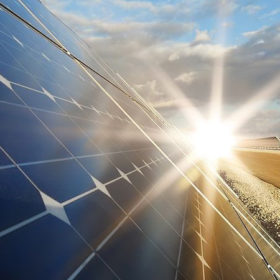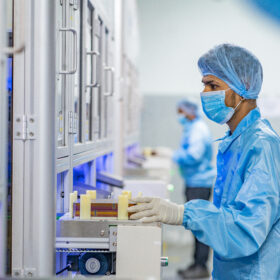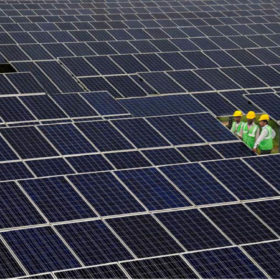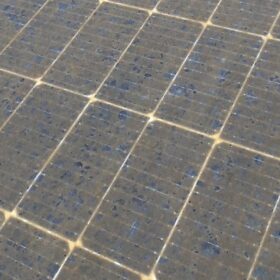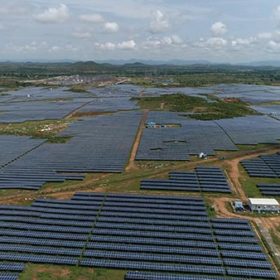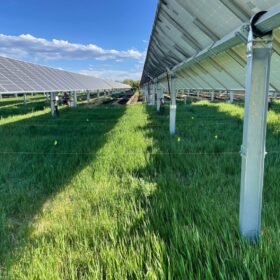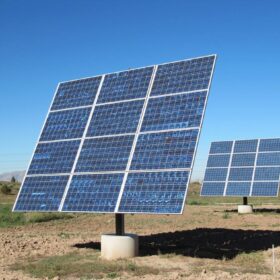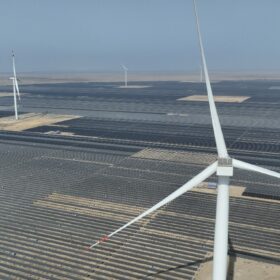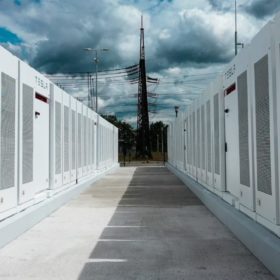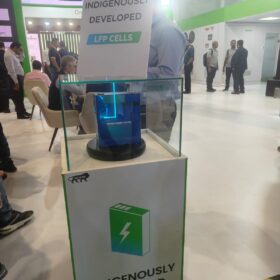Godrej & Boyce sets up 12.5 MWp rooftop solar plant for a textile customer
The project is purportedly one of the three largest rooftop solar installations in India and the largest in Madhya Pradesh.
India leading the solar wave to become world’s second-largest module manufacturer
Continued government support, coupled with strategic investments in technology and infrastructure, will be crucial in realizing India’s renewable energy goals and cementing its position as a global leader in solar module manufacturing.
WoodMac predicts 3.8 TW of new solar by 2033
Solar developers are expected to install 3.8 TW (AC) of global capacity between 2024 and 2033, according to the latest forecast from Wood Mackenzie. The analysts predict that new wind and solar installations will reach a combined 5.4 TW, taking the cumulative global total of the two technologies to 8 TW by 2033. Energy storage capacity, […]
Viraj Profiles announces commissioning of 130 MW DC solar plant for self-consumption
The solar plant in Maharashtra, established in partnership with Avaada, will power Viraj Profiles’ Tarapur stainless steel manufacturing operations.
Chemitek offers metal oxides removal agent for PV panels
The Portugal-based company has developed a metal oxides removal agent product for PV installations located near foundries, steelworks and metal ore mines.
ICRA upgrades Tata Power to AA+ with Stable outlook
The ratings upgrade takes into account Tata Power’s healthy operating and financial performance driven by the diversified business profile, superior operating efficiencies, and long-term offtake agreements for the generating portfolio.
Oriana Power secures 25 MWp agrivoltaic project under group net metering in Delhi
Oriana Power has secured the order to set up a 25 MWp agrivoltaic plant for offtake by a real estate developer under group net metering policy in Delhi. This project is set to become the largest agrivoltaic installation in India, combining solar power generation with large-scale farming.
Google invests in Taiwanese solar developer New Green Power
Google has made a capital investment in Taiwan-based New Green Power, in a deal that grants the US company the rights to procure up to 300 MW of solar assets.
Schneider Electric inaugurates climate smart villages in Jharkhand
Schneider Electric, in collaboration with non-governmental organization PRADAN, implemented 40 kW and 45 kW solar arrays with Internet of Things (IoT)-enabled smart power management systems in Sehal and Chatti villages of Jharkhand. This system ensures 100% capacity utilization of the solar panels by diverting power to different loads based on demand, benefitting the 110 families in the two villages.
BirdBlocker unveils bird-proofing solutions for rooftop PV at Intersolar
Dutch company offering bird-proofing solution for solar installations expands its range with a trio of launches – with high hopes that its business can take flight on commercial rooftops.
